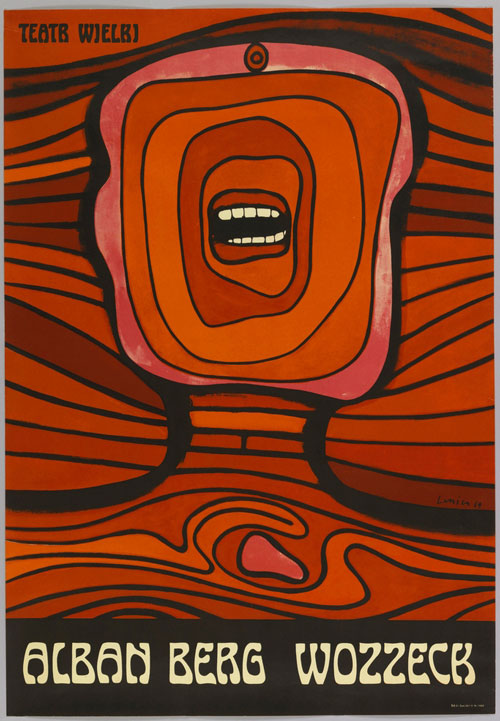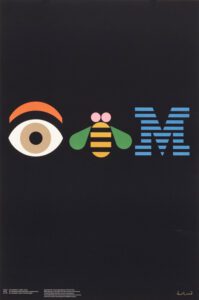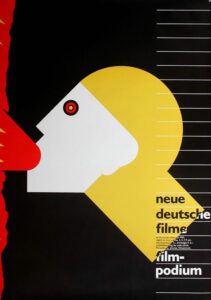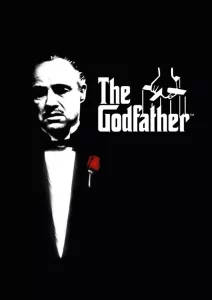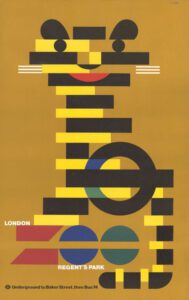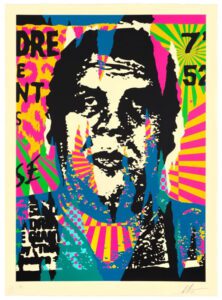
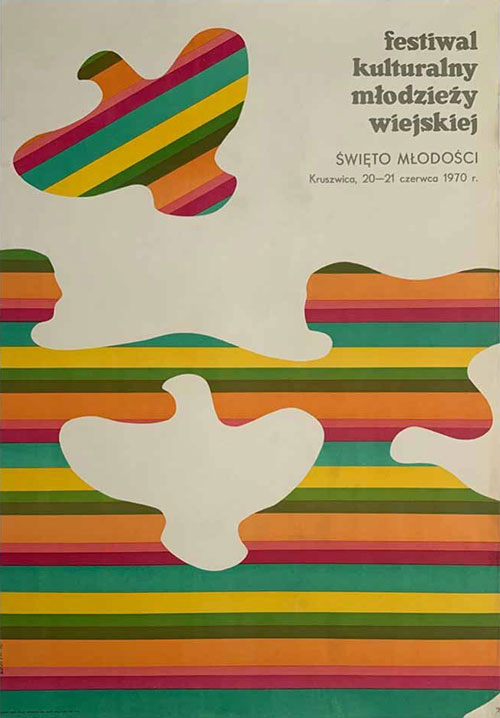

A Melting Pot of Influence
Many of the 20th Century’s most consequential statesmen and women have pointed out the unique nature of Poland within Europe.
Ronald Reagan called it “the center of European civilization.” Historian Norman Davis called it “the natural bridge between East and West”. And the now-President of Poland Andrzej Duda noted that the country has a “very strategic location within Europe.”
Poland’s central, strategic, geographical placement has been both a blessing and a curse for the country. It has opened it up to a wide variety of cultures – from Slavic in the east to Germanic in the west – but also opened it up to the threat of war.
With that in mind, this article will take a look at how the poster art of Poland has depicted the country’s unique position, as well as how the art itself incorporates both national and international influences.
Here are 12 posters which depict the beauty and artistry of Poland over the last 100+ years:
Wozzeck - Alban Berg - Jan Lenica 1979
Jan Lenica’s richly colourful poster was used to advertise the Polish National Opera’s production of Alban Berg’s opera Wozzeck.
Telling the story of “ordinary people striving for dignity in the face of abuse and brutality”, according to the MoMA, the heavy content of Wozzeck required a poster that was going to capture the opera’s dense themes.
Lenica, an accomplished artist, was more than up to the task. This poster combines psychedelia with pop art, with elements of surrealism. Commentators have noted the political context behind this poster – the fact that tensions were rising in the Soviet Union at the time – which might explain the twisted howl that the disembodied mouth in this poster seems to be giving. Look at how the various reds seem to give this image a sinuous quality – like human muscle being exposed. Its graphicness is most definitely its strength.
The poster gained cult status in Western Europe and went on to be awarded a Gold Medal at the first Warsaw International Poster Biennale in 1966.
If you’re familiar with Polish poster art in any way, you might already know that ‘Cyrk’ (circus) posters are an important part of the art form’s canon – especially during the Soviet era.
In this poster, Jerzy Treutler playfully depicts a pop-art rendering of an elephant.
But why playfulness? And why the need to hire a famous artist to design a circus poster?
Well, Polish state agencies placed a high value on the merits of circus entertainment, so they were all for pushing any art which helped get customers under the circus tent. With Treutler’s poster, the circus image was modernised and reshaped, but it was very much accessible to the modern population.
